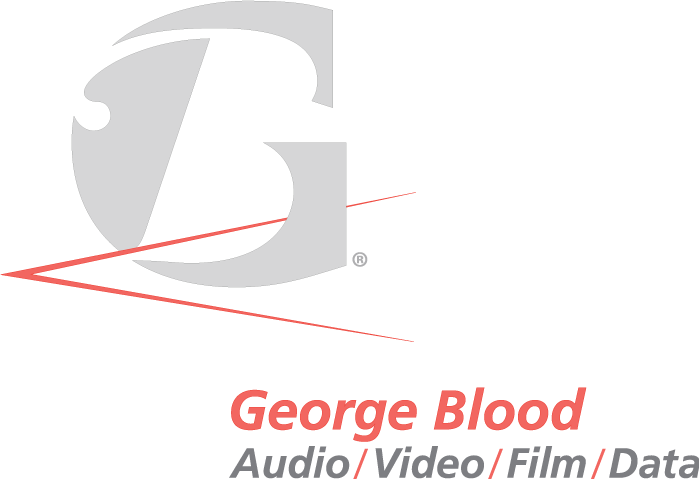So how does an archivist learn how to preserve audio and video materials, anyway? Some people (like me) attend a specialized graduate program; others pursue internships or learn on the job. The Public Broadcasting Preservation Fellowship (PBPF), a new IMLS-funded program from WGBH and the American Archive of Public Broadcasting (AAPB), is trying to combine a little of Column A with a little of Column B. Through the PBPF, the WGBH is collaborating with universities and public broadcasting stations around the country to provide semester-long graduate Fellowships for currently-enrolled students to get hands-on experience in audio and video preservation.
The first five Fellows begin their projects this week – but before getting thrown into the deep end, the Fellows and their mentors came to Boston during the first week of January for an Immersion Week bootcamp in the fundamentals of audio and video preservation featuring experts George Blood, Jackie Jay, and Ashley Blewer, along with the AAPB team: director Karen Cariani, project manager Casey Davis Kaufman, digital ingest manager Rebecca Fraimow, metadata manager Sadie Roosa, and engagement and use manager Ryn Marchese.
Immersion Week was scheduled to run from January 3-6. On the first day, the Fellows learned about the history of the AAPB from AAPB project manager Casey Davis Kaufman, then got a basic introduction to physical and digital audio and video formats, from learning the materials that make up an analog tape to the meaning of concepts like audio and video bit depth. The second day was intended to focus on metadata, while AAPB staff worked behind the scenes to transform the WGBH Media Library and Archives into a digitization center for two days of hands-on workshops – but with a surprise bomb cyclone in Boston, the Fellows, mentors, and instructors instead got a snow day to review what they’d learned so far and do some homework to prep for the next few days.
After trekking through the snow back to WGBH the next morning, the Fellows learned about PBCore and audiovisual cataloging best practices from WGBH metadata expert Sadie Roosa. Meanwhile, George and Jackie worked with WGBH staff to put together audio and video digitization stations in record time, hauling old ¼” tapes and long-unused time-base correctors out of storage to get things ready for the workshops. (A special thank you here to WGBH engineer Brad Hawes, whose expertise was essential in getting us ready for go time!)
Over the next day and a half, Immersion Week attendees broke into small groups and rotated through an audio digitization workshop with George, a video digitization workshop with Jackie, and a command line training workshop with Ashley.
Every Fellow and mentor in attendance got a chance to run an open-reel tape deck, set levels for a U-matic tape, adjust azimuth, walk through a digitization signal path, create a video in the command line using ffmpeg, and, of course, clean equipment. (Not that we had ulterior motives in setting this up, but our old decks at WGBH haven’t looked this good in a long time.)
George Blood
Over the next three months, the Fellows will use the hands-on skills they gained at Immersion Week to progress through all the steps of preserving at-risk audio and video content -- from inventory, to digitization, to digital preservation.
Follow the project at pbpf.americanarchive.org and on Twitter at #aapbpf to keep up-to-date on their progress, and come back in a few months to check out the results of their work: digitized content preserved in the American Archive of Public Broadcasting from our collaborating host organizations WUNC, KOPN, Oklahoma Educational Television Authority, Georgia Public Broadcasting, and the Center for Asian American Media as well as documentation created to support ongoing audio and video preservation education at the University of Missouri, University of Oklahoma, Clayton State University, University of North Carolina at Chapel Hill, and San Jose State University.


![GetFileAttachment-2[3].jpeg](https://images.squarespace-cdn.com/content/v1/5992fd6737c581f4bd00ec6a/1516898173163-4V9FNFT2V6HIO8ZPMPTG/GetFileAttachment-2%5B3%5D.jpeg)

![0106180930a[2].jpg](https://images.squarespace-cdn.com/content/v1/5992fd6737c581f4bd00ec6a/1516898484037-HWN5MJZ4G7C4A536IC9Q/0106180930a%5B2%5D.jpg)

